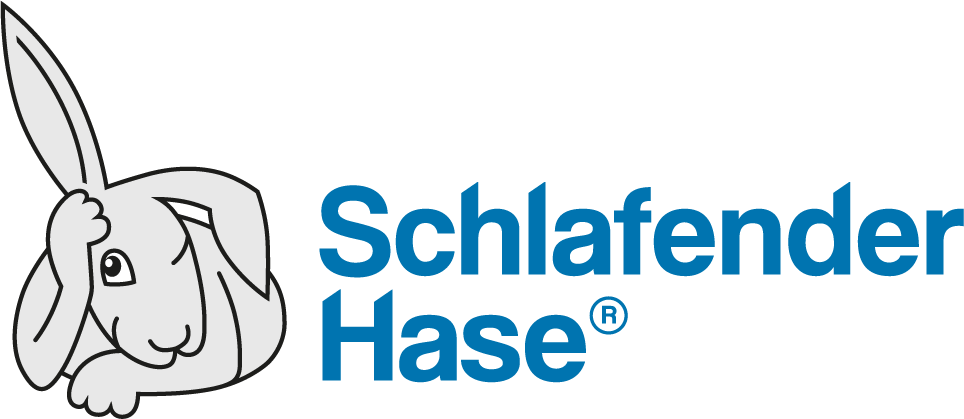Proofreading documents manually in regulatory affairs (RA) in the life sciences industry is stressful, high-risk and can lead to job dissatisfaction. The stakes are high – errors can harm patient health, result in product recalls, and damage brand and company reputations. Here’s how TVT, the proofreading software for regulatory affairs, can keep an RA team happy.
- A proofreading software finds deviations regardless of format
- Quality professionals use quality tools
- Proofreading softwares provide a safety net
- “You’ll never walk alone”
- Proofreading software is faster and more accurate than manual proofreading
1. A proofreading software finds deviations regardless of format
“Did I catch everything?” It’s the gnawing question that keeps a team member awake at night. And for good reason, given that the median cost of bringing a drug through R&D to market has been estimated at US$ 985 million[1]. Now imagine the additional costs if a submission is late or fails, or a product has to be recalled.
Proofreaders can trust a tool like TVT to find deviations between an approved original document and a copy, regardless of document format, regardless of document content, regardless of how tired he or she may feel during a busy day.
2. Quality professionals use quality proofreading tools
RA professionals have high workloads, so offering them a tool that compliments their job by removing the longest and most risky aspects, will surely make their day to day more efficient. We know of cases where RA position applicants have either insisted that the implementation of TVT be written into their new employment contract or discussed implementation during their interview. Quality professionals use quality proofreading tools to achieve best practices.
3. Proofreading software provide a safety net for RA professionals
Proofreading software documents all actions, providing an audit trail to show that the RA professional has done his or her job completely and accurately. It provides a framework for proofreading workflows and best practices – and that can take the heat out of some work situations.
“The medical device industry is highly regulated. Changes to our professional instructions for use must be clearly documented. Text Verification Tool® software by Schlafender Hase® provides reviewers with easy to understand and accurate change summaries. This saves time and ensures utmost quality and confidence in change tracking, contributing to streamlined document reviews, and error-free document release.”
-Amanda Alegria, Technical Writing Supervisor, Intuitive Surgical, Inc.
4. “You’ll never walk alone”.
RA professionals work together in collaborative teams, and the TVT workflow helps weld teams together. It fosters transparent communication between colleagues, especially in different affiliates, through a common tool, technology, and proofreading process. Teams are united in one set of standard proofreading practices. And after all, standardization (along with content control and centralization) [2] is a very important factor in efficient regulatory operations.
5. Proofreading software is faster and more accurate than manual proofreading
RA professionals are highly trained in their fields, and although they are the most qualified to do the proofreading, manually reviewing documentation with tired eyes to find misprints, errors, and anything else that might deviate from the approved original document is not particularly interesting – especially after multiple revisions. Because proofreading with TVT is faster and more accurate than manual proofreading, RA professionals can dedicate the time saved to other things – like continuing to learn and grow, verifying SOPs or preparing for expansion into different markets.
Read our Customer Case Study: TVT Increases Employee Satisfaction and Doubles Productivity and discover how weight was instantly lifted off of employees’ shoulders.
[1] https://www.ncbi.nlm.nih.gov/pmc/articles/PMC7054832/
[2] https://www.raps.org/news-and-articles/news-articles/2019/7/transforming-regulatory-operations





